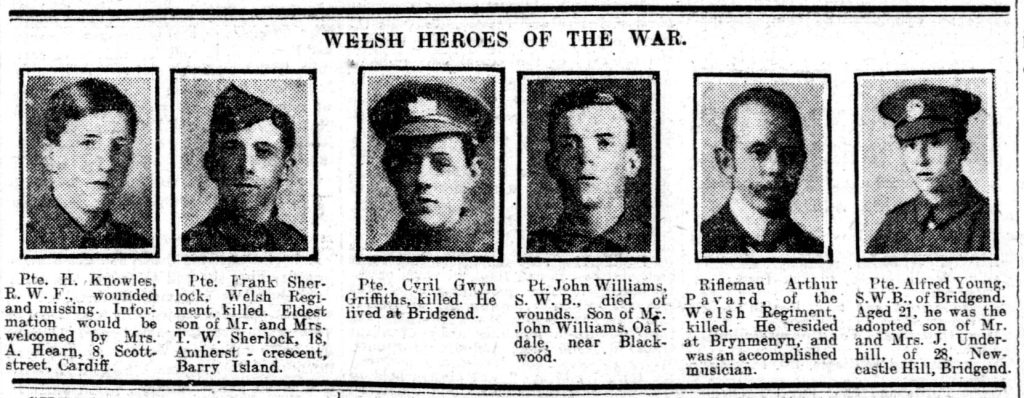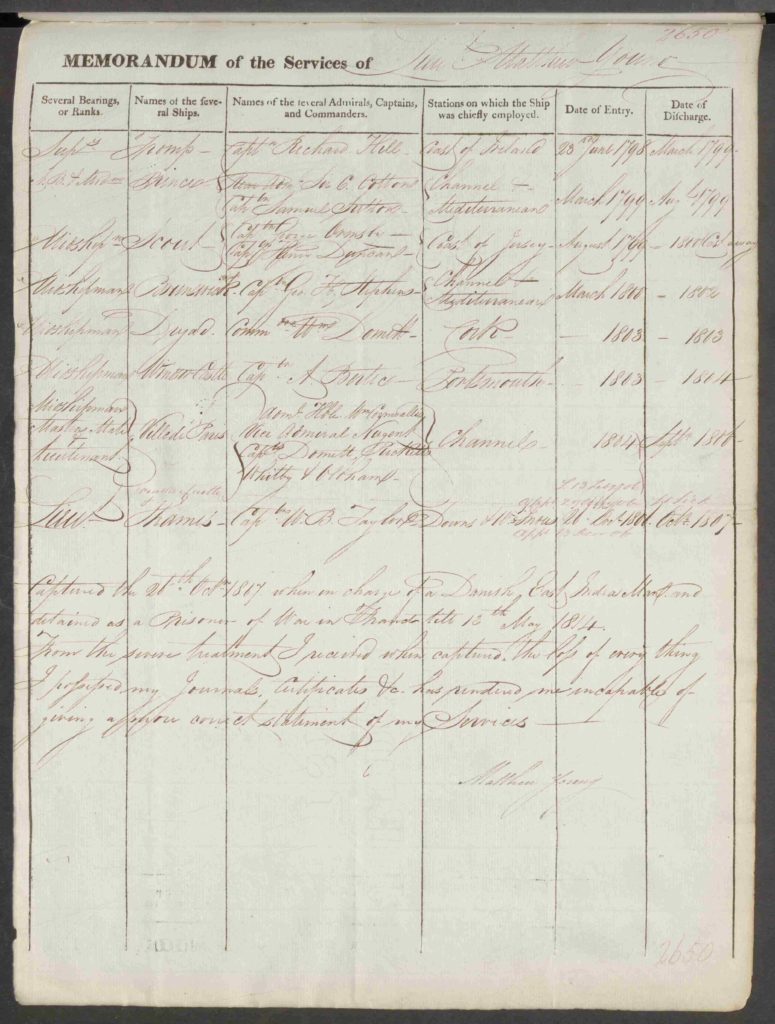It feels like I’ve had a little break from my family history research recently. However as I’m still paying a monthly fee to Ancestry I wanted to keep logging in and looking at hints, in case anything interesting came up.
The relationship between my grandfather, Henry Harper Young, and his appearance on the 1921 census in Wales, has always intrigued me. His younger brother appeared at the same address on the 1911 census, and the relationship is listed as nephew to the head of the household, John Underhill.
I found his photograph on p2 of the Western Mail, published 5th August 1916 (found via Find My Past).
I already have this photograph of his, but interestingly it also states”the adopted son of Mr and Mrs J Underhill”.
I don’t think this can have been a formal adoption. I’m not sure what the connection was between the Underhill family and ours, I’ve started a basic family tree but cannot find any way they could have known of each other.
When Alfred Young was killed in the First World War and the sum of 5shillings a week was paid to his father who lived in Portsmouth.
I have the next of kin memorial plaque and medals awarded to Alfred Young, alongside a couple of photographs of him in uniform. These must have been sent to his father, or claimed by his father, which surely he did as legal guardian/father.
I’m not sure what this suggests about an ‘adoption’ between the two families. The official school leaving age at this time was 14, this coincides with the death of his mother in 1909. With his father working full time as a labourer in the dock yard and a younger brother of 12 to look after, perhaps he was sent away to work with an old family friend?



